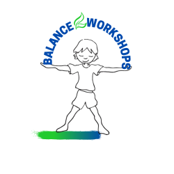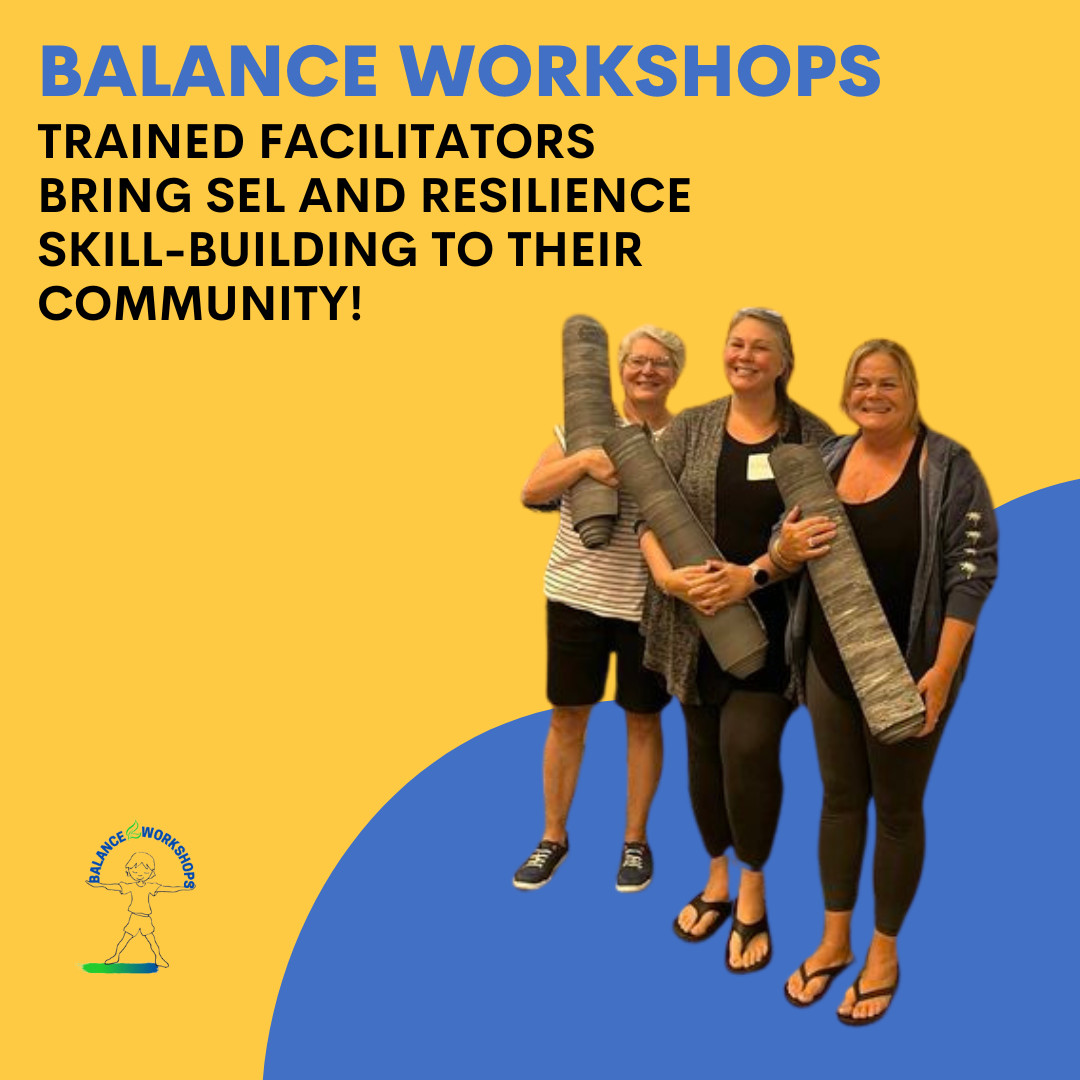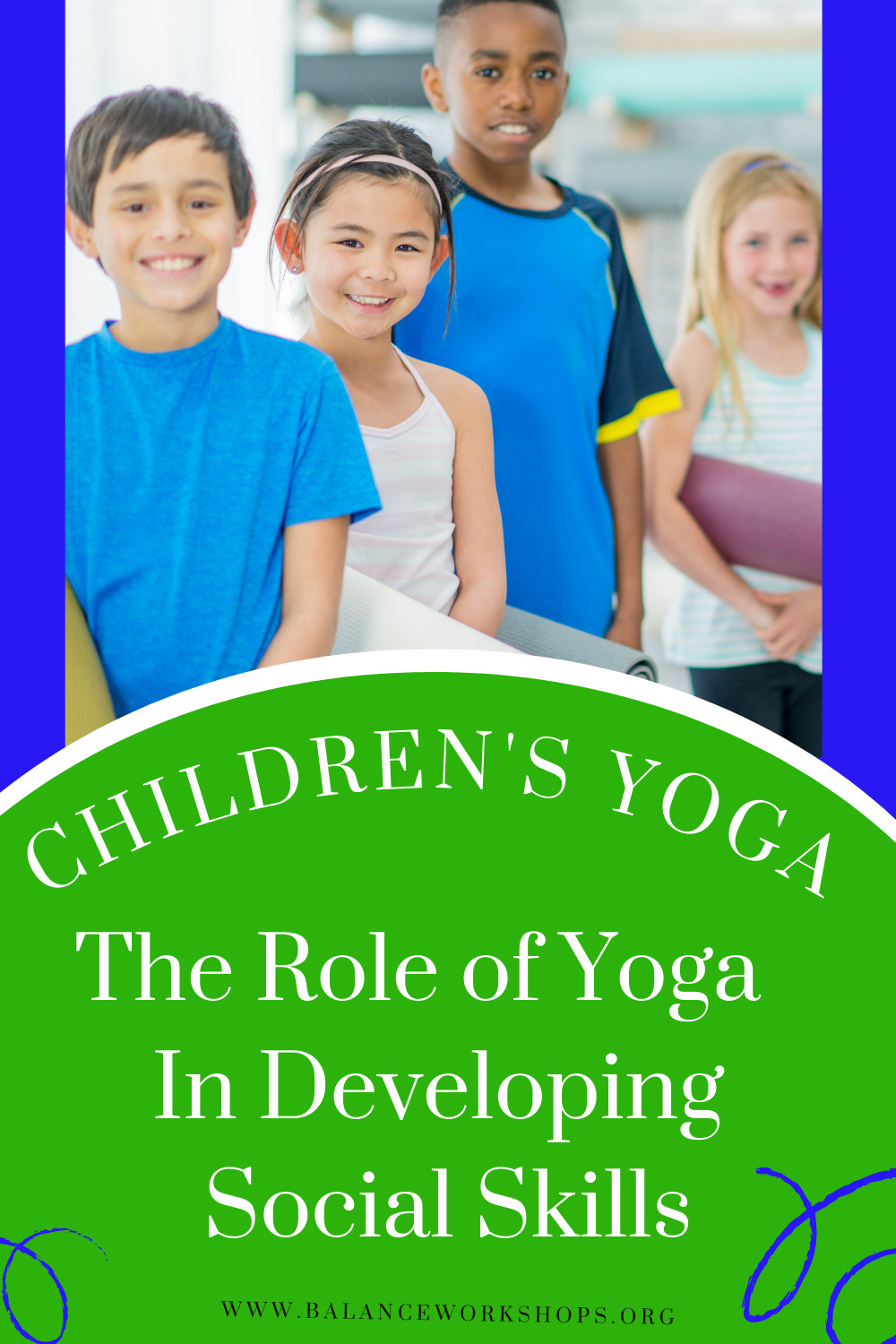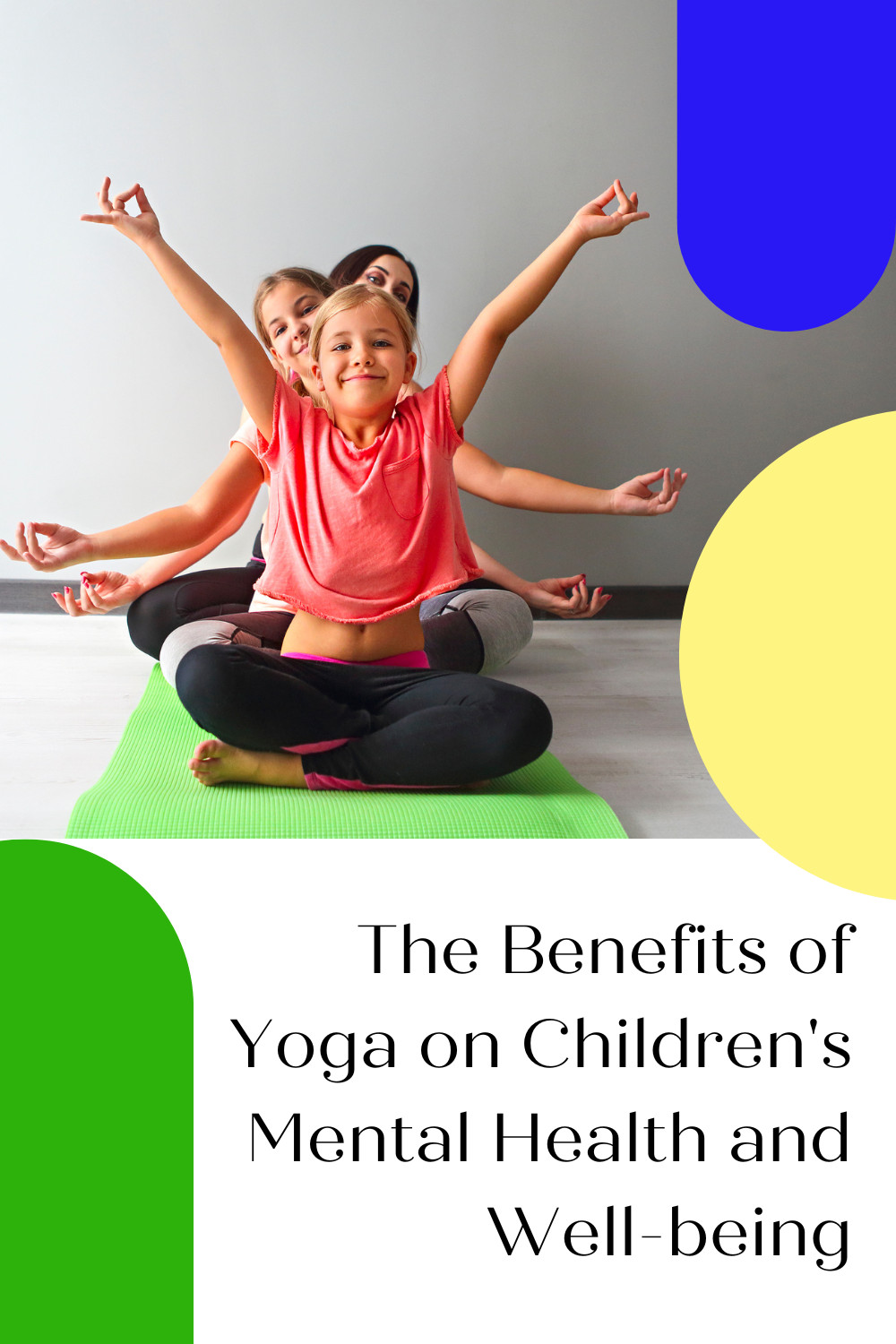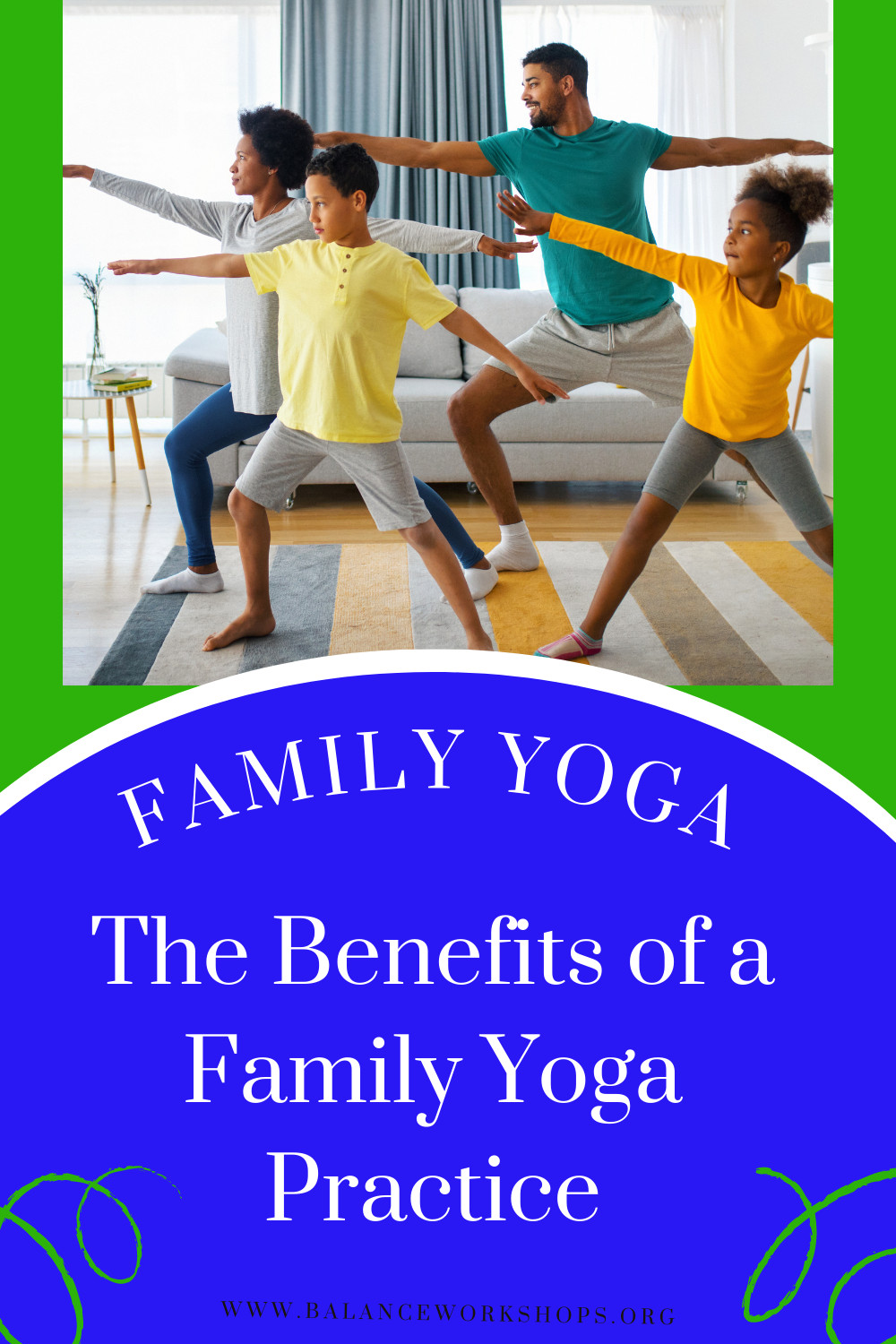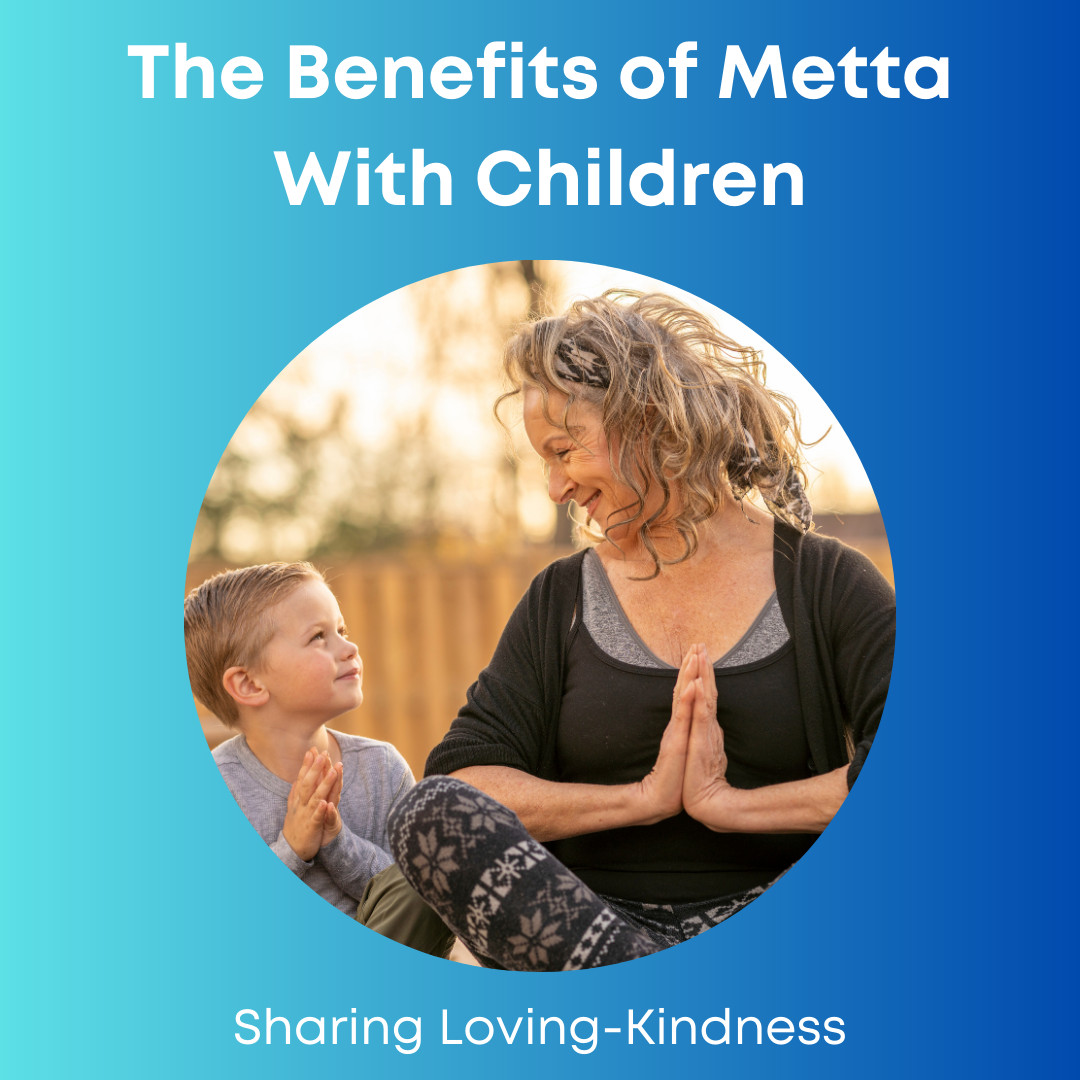
Are you a parent or educator who wants to help children develop emotional resilience and cultivate positivity? Consider teaching them metta, or loving-kindness meditation. Metta is a powerful tool that enables children to replace negative emotions with positive ones, leading to a more positive outlook on situations and relationships. It also helps children to recognize their own intrinsic value and develop a kind relationship with themselves, which leads to greater self-confidence, resilience, and inner peace. Furthermore, metta allows children to develop empathy and compassion towards others, improving their understanding and quality of relationships. Practicing metta can also help children deal with stress and anxiety, counteracting the negative emotions that can lead to mental health problems. To start practicing metta with children, simply guide them through visualizing sending love and kindness to themselves and others, gradually extending those thoughts to all living beings. It's essential to approach metta with a gentle and loving attitude and encourage children to be patient and kind to themselves as they practice. Whether you practice it as a family or in a classroom, teaching metta can benefit children tremendously, empowering them with positive habits of mind and supporting their overall well-being.
Read more...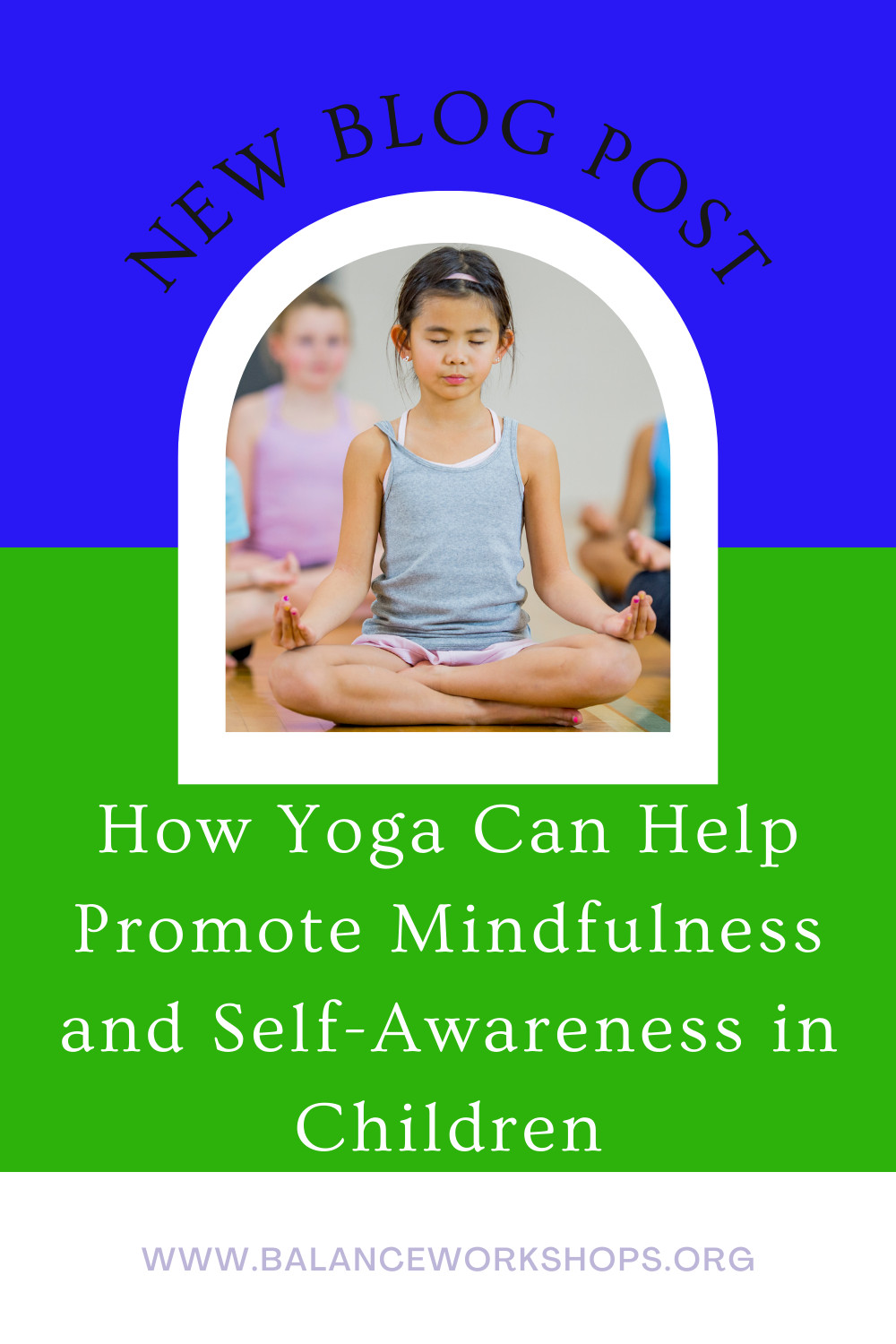
In today's fast-paced world, it's essential to ensure children develop the skills to manage their thoughts, emotions, and behaviors effectively. This is where yoga comes in. Yoga is an ancient practice that combines physical postures, breathing techniques, and meditation to promote physical and mental health. In recent years, there has been a growing body of research on the benefits of yoga for children, including its ability to promote mindfulness and self-awareness.
What is mindfulness, and why is it important for children?
Mindfulness is being present and fully engaged in the present moment without judgment or distraction. It's a skill that can be difficult to develop, especially in today's technology-driven world. However, research has shown that mindfulness can have a wide range of benefits for children, including:
- Improved focus and attention: Mindfulness can help children develop the ability to stay focused and attentive, even in challenging or distracting environments.
- Reduced stress and anxiety: Mindfulness can help children learn to manage stress and anxiety by teaching them to be present at the moment and to accept their thoughts and feelings without judgment.
- Improved social skills: Mindfulness can help children develop empathy, compassion, and other social-emotional skills by teaching them to be present and attentive to the needs of others.
- Better academic performance: Mindfulness has been shown to improve children's cognitive function, memory, and academic performance.
How does yoga promote mindfulness in children?
Yoga is a practice that combines physical postures (asanas) with breathing techniques and meditation. When taught in a fun and engaging manner, this combination of physical movement and mental focus can be a powerful tool for promoting mindfulness and self-awareness in children. Here are some of the ways that yoga can promote mindfulness:
- Focusing on the breath: One of the critical components of yoga is breath control. Children can learn to quiet their minds and be fully present at the moment by learning to focus on their breath. Children are generally very responsive to learning these techniques, such as bee or ocean breath, when presented playfully.
- Practicing physical postures: Yoga poses can help children develop body awareness and a sense of physical presence. Children can become more mindful and present by paying attention to the sensations in their bodies. For example, many children love to practice tree pose, an opportunity to find balance and pair it with a breathing technique to hold the posture.
- Cultivating a sense of calm: Yoga can help children learn to regulate their emotions and develop a sense of calmness and relaxation. This can be particularly helpful for children who struggle with anxiety or hyperactivity. Teaching children to find a child's pose and use calming breaths is a great tool to achieve a sense of calm.
- Practicing meditation: Many forms of yoga include meditation as a key component. Children can quiet their minds and be fully present by learning to meditate. Offering a battery candle as a focus can be helpful when beginning this practice.
How does yoga promote self-awareness in children?
Self-awareness is recognizing and understanding one's thoughts, feelings, and behaviors. It is a critical component of emotional intelligence and an essential skill for children to develop. Here are some of the ways that yoga can promote self-awareness in children:
- Paying attention to the body: The physical postures in yoga can help children develop a sense of body awareness and a deeper understanding of their physical selves.
- Identifying emotions: Children can learn to identify and label them through mindfulness. This can help them better understand their emotional states and learn to regulate their emotions more effectively.
- Recognizing patterns of behavior: By becoming more self-aware, children can identify patterns of behavior that may be holding them back or causing them difficulties. This can be a powerful tool for personal growth and development.
- Developing self-compassion: Yoga can help children develop a sense of self-compassion and self-acceptance. Children can create a more positive self-image and greater self-confidence by learning to be kind to themselves and accepting of their imperfections.
As we can see, yoga can be a powerful tool in helping children achieve a stronger level of mindfulness and build self-awareness. With much research to support the need to foster social-emotional skills in children, providing yoga as a tool carries so many benefits. Yoga is an opportunity to engage children by helping them slow down while moving their bodies and tuning into themselves in ways they can relate to and grow from.
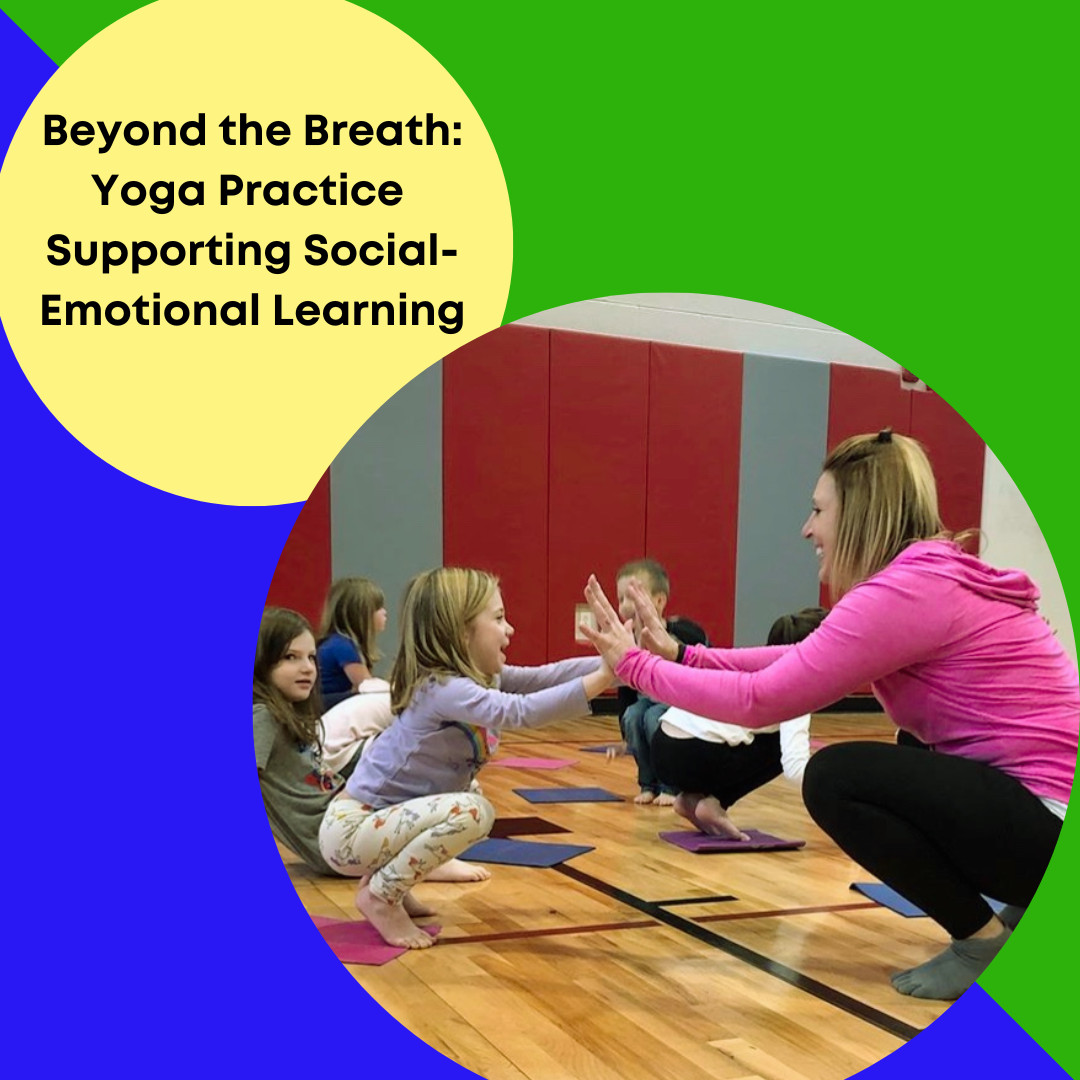
“Take a breath.” We say it to a crying child, a flustered friend, a spouting spouse. Maybe we’ve even heard it ourselves in a stressful moment (or two).  And it does help, right? Research has shown that deep breathing has tons of benefits, including a sense of calm, lowered blood pressure, increased energy, and even the release of toxins from the body. But somewhere along the way, we’ve forgotten how to breathe. Not just sip the air, but to really drink it in and savor it.
And it does help, right? Research has shown that deep breathing has tons of benefits, including a sense of calm, lowered blood pressure, increased energy, and even the release of toxins from the body. But somewhere along the way, we’ve forgotten how to breathe. Not just sip the air, but to really drink it in and savor it.
I became reacquainted with the benefits of breathing through yoga. There’s just something about the connection of brain, body, and breath that makes me feel like all is right in the world. But beyond the breath, it turns out yoga has so much more to teach us.
Even if your favorite part of yoga is wearing the pants, you’re probably familiar with the poses (asanas), meditation, and maybe even some breathing techniques (pranayamas). These are all part of the Eight Limbs of Yoga. You see, once upon a time, there was a man called Patanjali and he created the Yoga Sutras. Ok, I don’t know for sure if it was one person or a group of contributors, and he gets all the credit, but the principles of yoga provide basic guidelines for living. The principles, together with meditation practice--including breathwork, can help us become the best version of ourselves.
So what are the Yoga Sutras and why isn’t everyone talking about them? Well, for one thing, they’re in Sanskrit and super hard to pronounce--for me anyway! There are five yamas (rhymes with llamas) and five niyamas (sounds like knee-yamas). The principles promote virtuous qualities, such as non-violence (ahimsa), truthfulness (satya), self-discipline (tapas), and contentment (santosha).
If you’re bringing yoga into your life, the yoga principles are just another way to deepen your practice, especially if you’re looking for ways to share it with your family. There are many terrific books for adults. Just google the yoga sutras or type it into the Amazon search and you’re sure to find something to pique your interest. I personally own, A Seeker's Guide to the Yoga Sutras: Modern Reflections on the Ancient Journey (2019) by Ram Bhakt, Yoga Sutras of Patanjali (2001) by Mukunda Stiles, and The Yoga-Sutra of Patanjali: A New Translation with Commentary (2003) by Chip Hartranft.
Interested in sharing the principles with your children? Check out author Susan Verde. Not only are the words and illustrations peaceful and lovely, but each book inspires conversation and continued practice. Listening to My Body (2017) and Find Your Calm (2020) by Gabi Garcia, as well as anything by Kira Willey are also great options for sharing aspects of yoga, mindfulness, and meditation with kids. Imagine the advantages we are giving our kids by teaching ways to identify feelings, self-regulate, and make good choices.
These skills are all part of social-emotional learning--what used to be called emotional intelligence. And in many states across the country, they are being taught as part of the general curriculum in public schools. The value of these skills is equal to those of reading, math, and any other subject area.
Most caregivers know this innately. From a very young age, we spend time teaching manners, instilling a sense of fairness, and encouraging kids to treat others how they wish to be treated. Eventually, though, we want children to be self-aware. How are they feeling? How are they doing? Can they self-regulate...even when things aren’t going well? We want them to be socially aware. How do their words and actions affect others? This leads to building successful relationships with people, as well as making good choices.
Research shows that kids with developed social-emotional skills are not only more successful in school but later on in life. Exploring the yoga principles, especially the yamas and niyamas, can help. Again, it all comes back to that connection of brain, body, and breath.
So maybe you’re happy with your yoga practice as it is. That’s totally fine. For many of us, there’s an elusive pose we’re working on (come on crow--one of these days!). Or maybe your goal is to extend your meditation and explore the breath (without one eye on the clock). Eventually, though you may decide to deepen your understanding and as you do, don’t forget about the kids in your life. The teachings benefit everyone! How can you share your practice with someone else today?
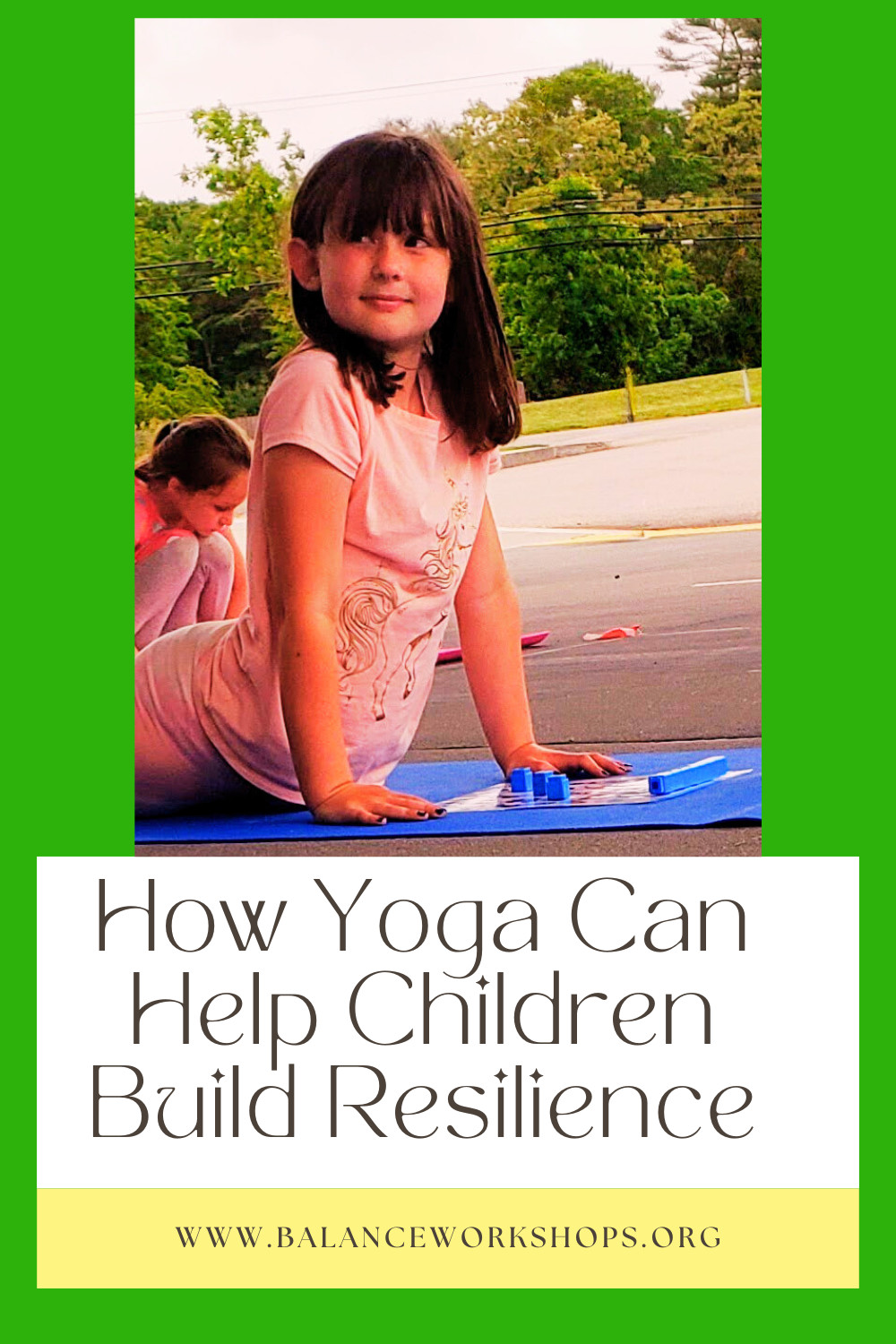
Yoga is a powerful tool for helping children build resilience and cope with life's challenges. By cultivating mindfulness, building physical strength and flexibility, learning to breathe through difficult situations, developing a growth mindset, and connecting with others, children can develop the resilience they need to face life's ups and downs. Providing a yoga program for children is a powerful gift to help them build skills for a lifetime.
Read more...